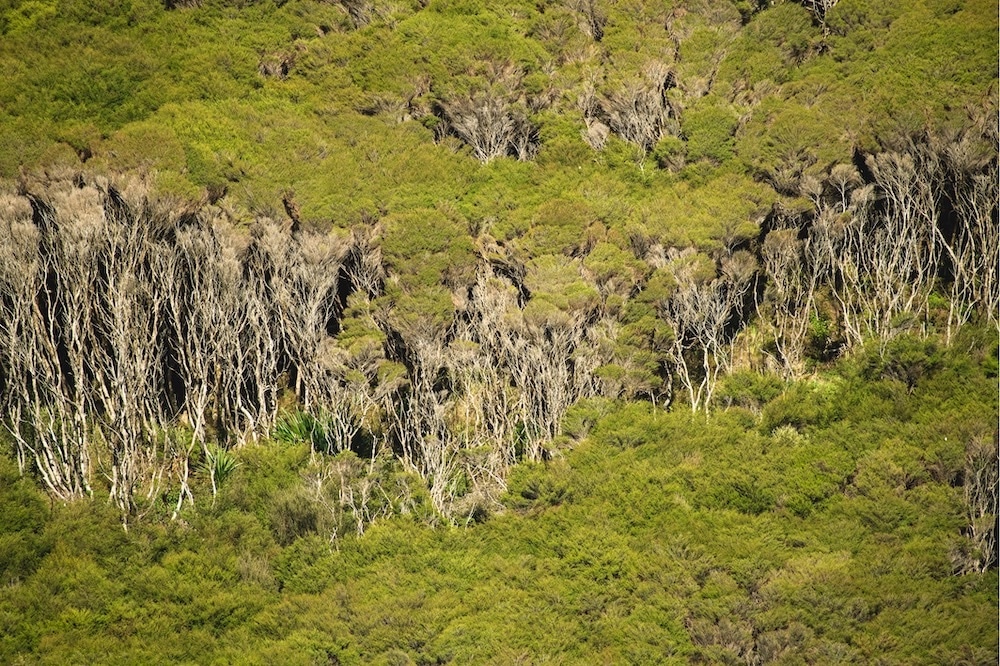Early mānuka oil production was sustainable wild harvest. Blocks would generally be hand harvested and the areas would be rotated to ensure regrowth of the stand of wild mānuka. Cutting heads for mechanical diggers were developed and areas became more accessible as demand increased and harvesters were careful to ensure sustainability of the forest for future harvest.
Once the trees are harvested for oil flower growth is limited and so harvesting for oil became competitive with honey production – no flowers, no bees, no honey.
As returns to landowners for honey increased so did the competition for mānuka resource, the first sustainable mānuka plantations were planted in 2017. These plantations were developed utilising experience from Australian tea tree plantations where 50,000 plants per hectare were planted initially over 100 ha of pasture and river flats. Plantations are harvested annually by rotation and grow back over the next year to be harvested again.
Plantations have helped improve the stream water quality by acting as an effective filter for surface water runoff, stabilizing the stream bank and providing shade to waterways. Mānuka-dominant vegetation has also helped protect the rich biodiversity of animals and plants. The presence of native insects, geckoes and insectivorous birds have been beneficial to crop yields as they have contributed to increased pollination, pest predation and enhanced plant nutrition.





